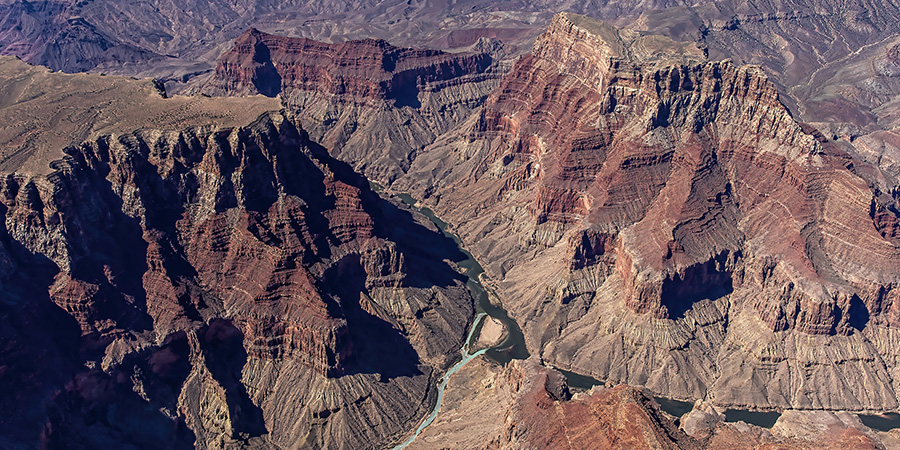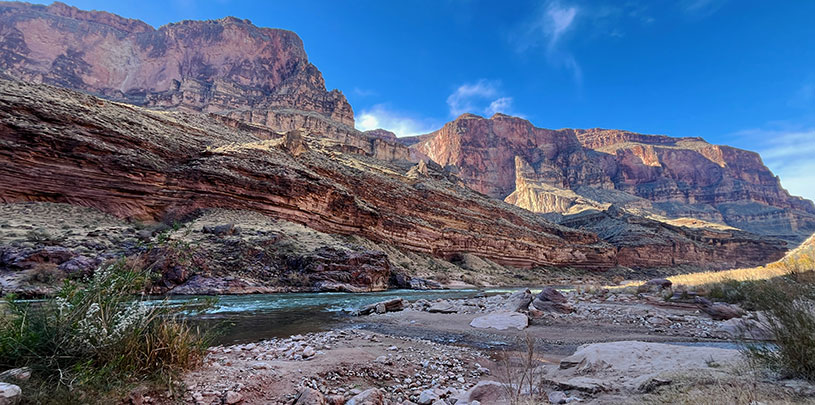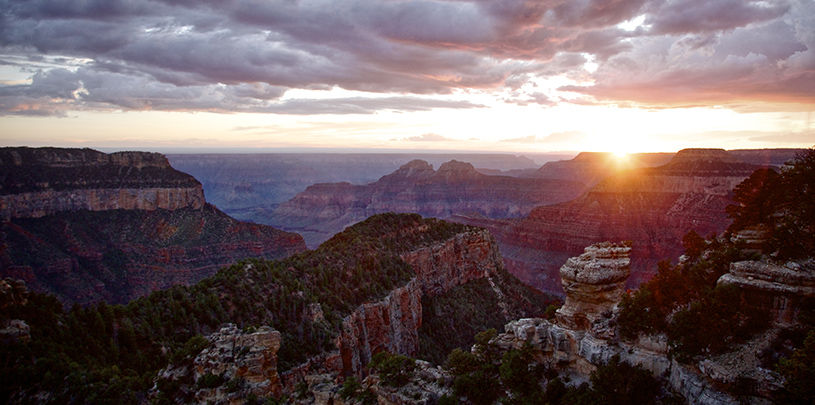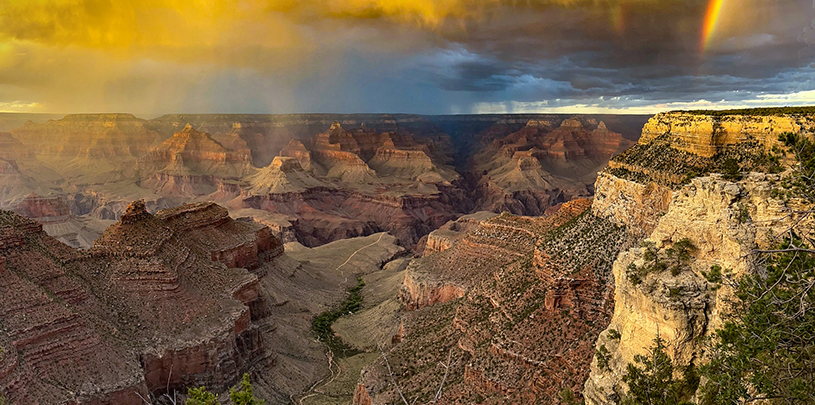
From a cruising altitude high above the Little Colorado River, you can see its turquoise waters wind through the arid landscape toward the confluence with the Colorado River in the Grand Canyon. It is here, on Navajo Nation land, that outside developers have proposed three hydroelectric dam projects on the Little Colorado River and its tributaries, threatening cultural values, groundwater resources, endangered fish, and Grand Canyon National Park.
Two of the projects have already received preliminary permits from the Federal Energy Regulatory Commission (FERC). We expect a decision on the third proposal, the Big Canyon project, any day now.
What could development of the Big Canyon project mean for this beloved cultural place? Let’s take a bird’s-eye look.
Take a virtual tour of the Big Canyon dam site
To get a feel for the magnitude of the proposed Big Canyon dams, join EcoFlight on a 6-minute virtual flyover of the Little Colorado River as it flows through Native lands to the Grand Canyon.
From the air, Lyle Balenquah, an archaeologist, river and hiking guide, and member of the Hopi Tribe, and William LongReed, a local resident from the Navajo Nation Bodaway/Gap Chapter, guide your flight. They show you Big Canyon, the normally dry tributary that would be pumped full of groundwater and point out where additional reservoirs would be built on the canyon rims. Balenquah and LongReed also explain the area’s importance to Native peoples.
Balenquah says, “This whole region…is culturally important. There are various shrines located in this area that Hopi people still visit to this day.” The Little Colorado River Gorge is full of sacred sites for numerous tribes, including the place of emergence for the Hopi people.
LongReed adds that this project “probably will not benefit the people of the area.” The Big Canyon project would be built on Navajo Nation land, where families have grazed sheep and cattle for generations.
Local opposition to the Little Colorado River dams
If the developer has its way, the Little Colorado River’s blue (or sometimes muddy) waters would be forsaken to power distant city centers. It’s a trade-off that would be deeply disrespectful to Native peoples in the region.
The Phoenix-based developer, Pumped Hydro Storage LLC, proposed the Big Canyon project without consulting the Navajo Nation or any other tribe that holds connections to the Little Colorado River about their respective cultural, economic, and infrastructure priorities.
Opposition has been robust. The Navajo Nation has filed formal notices opposing all three hydroelectric projects. Other Native nations and communities, including Hopi, Havasupai, Hualapai, and Save the Confluence families, have strongly opposed the developer’s clear circumvention of tribal consultation and consent. The Department of Interior, too, raised serious concerns about the lack of consultation and impacts to endangered species.
Groundwater withdrawals would threaten endangered fish
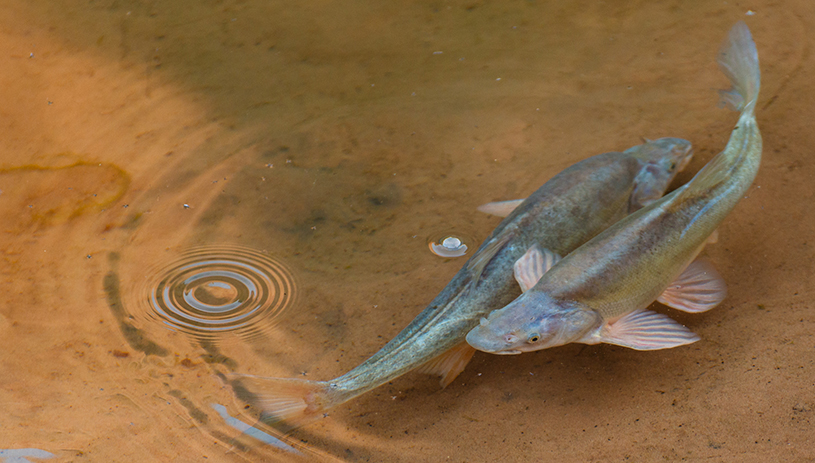
Balenquah notes the Little Colorado River’s renowned turquoise waters serve as a sanctuary for the endangered humpback chub. The Big Canyon project would require pumping 17-19 billion gallons of groundwater to fill the dam reservoirs. These groundwater withdrawals would likely reduce flows at crucial springs that feed the Little Colorado River, jeopardizing the future of this fish.
The wrong place for a dam
From the blatant disregard of tribal sovereignty to negative impacts on the Little Colorado River’s waters, the Big Canyon project should not be allowed to move forward.
Unfortunately, we expect FERC to approve the preliminary permit for the proposed Big Canyon project, launching a three-year window for Pumped Hydro Storage LLC to study the dams’ potential impacts and feasibility. If the company decides to move forward and file a license application for any of its projects, a public comment period will ensue.
What can we do?
As the new Grand Canyon director, I am inspired by the Grand Canyon Trust’s commitment to stand behind the people who live, work, and hold deep ties to the region. The confluence of the Little Colorado and Colorado rivers also happens to be my favorite place on Earth.
The most common question I hear in response to the dam proposals is what can I do to help?
Here are three things you can do today:
-
- Share the flyover video with your family and friends so they are primed to take action when the next comment period opens
- Sign this petition to keep the canyon grand
- Take a 3-D look at the dam proposals
Stay tuned for opportunities to speak up on behalf of the Little Colorado River and the confluence. Thank you for your commitment to protecting the Grand Canyon and Little Colorado River and supporting Native communities. Together, we can keep the canyon grand.

